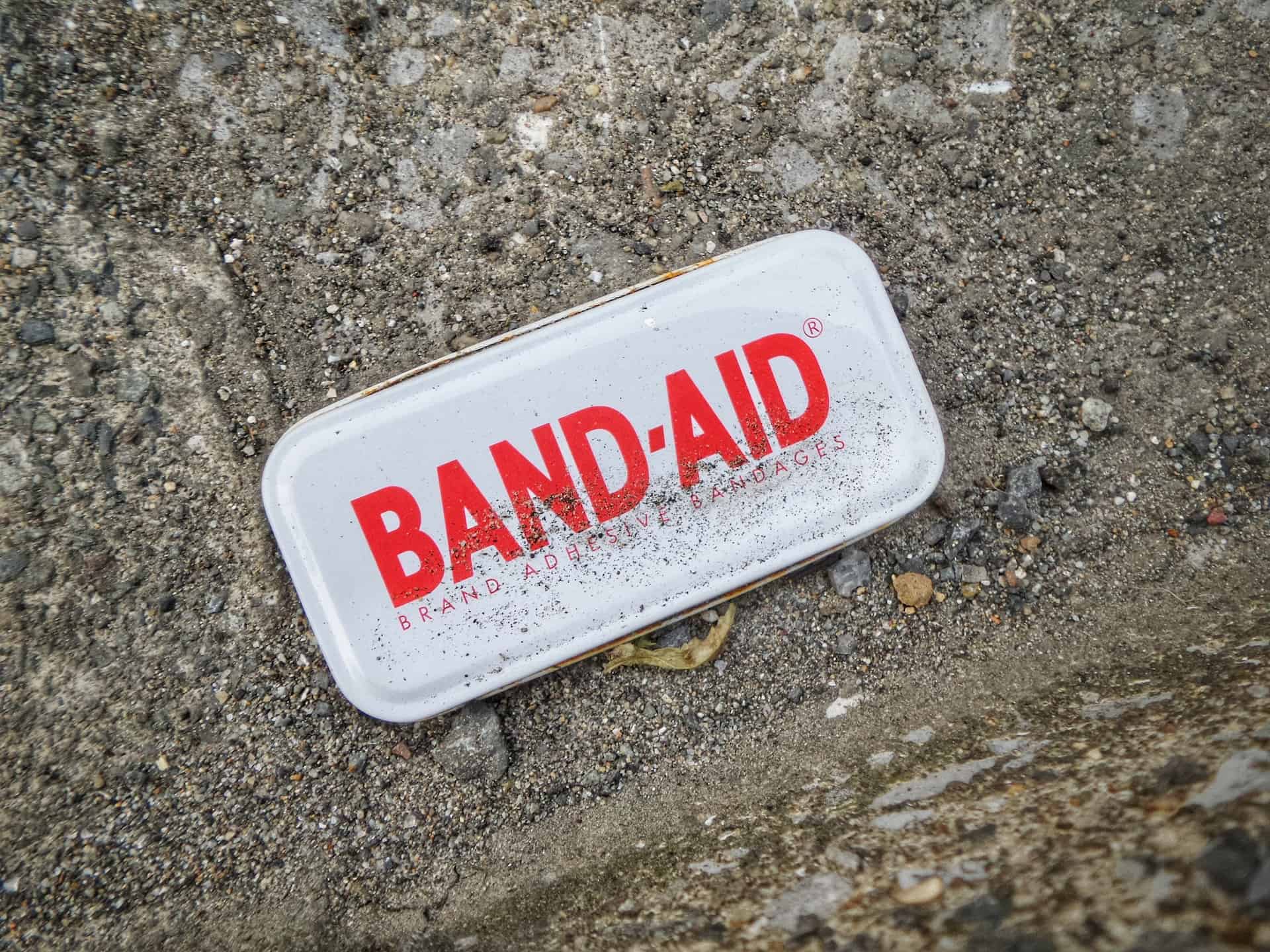According to the latest report by the Institute for Fiscal Studies (IFS) schools funding in England is going up faster than economy-wide inflation, but not as fast as the cost pressures schools actually face.
Peter Shreeve, Assistant District Secretary of the National Education Union, responds to the IFS report ‘What is happening to school funding and costs in England?‘,
“The report explains, if standard inflation calculations are used then spending per pupil is on course to be back above 2010 spending levels by 2024 after years of underspending.
“However, actual financial costs incurred by schools don’t always mirror standard inflation measures.”
Other fiscal challenges
He went on to say,
“This disconnect illustrates that the headline figures on education funding do not translate into funding increases per pupil once school-specific costs are taken into account.
“Rapid rises in food and energy costs mean school budgets are yet again being stretched further. There is also concern around high inflation proving more persistent than expected.”
Mr Shreeve finished by saying,
“The education system also needs to deal with past underspending on capital projects, which has resulted in the RAAC crisis. In June the National Audit Office (NAO) found yet another disconnect – ‘a significant gap’ between available funding that the DfE assesses it needs for school buildings to be ‘safe’.
“The issue being exacerbated as funding is “often used for urgent repairs rather than planned maintenance”. A sticking plaster approach always costs more money in the end.”





